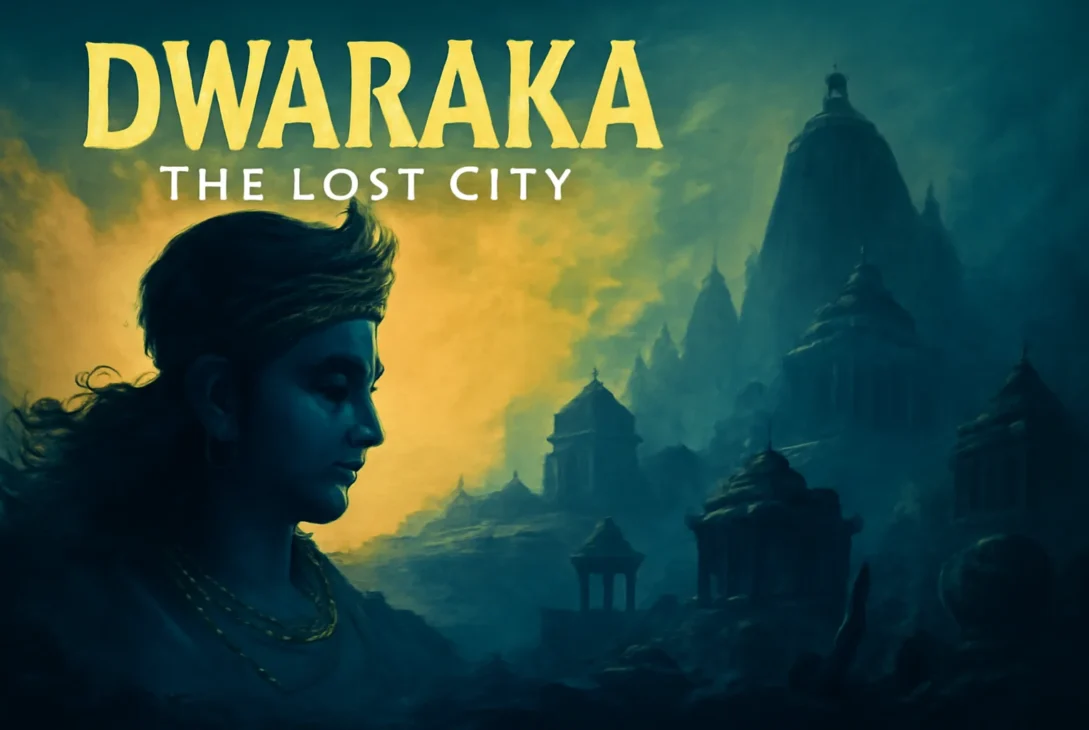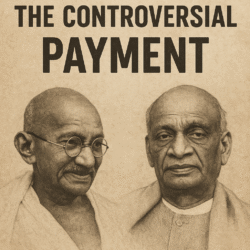For centuries, the story of Dwaraka, the city built by Lord Krishna, has been one of the most intriguing tales in Hindu mythology. Many have dismissed it as mere fiction or myth, but recent archaeological discoveries suggest otherwise. Let’s take a deep dive into the findings that connect the lost city of Dwaraka to the historical reality of Lord Krishna’s reign, as described in the Mahabharata.
The Mythology of Dwaraka
According to the Mahabharata, Dwaraka was a fortified city built by Lord Krishna at the confluence of the Gomati River and the Arabian Sea. The city was described as being spread across 84 kilometers, complete with palaces, temples, and an advanced infrastructure, representing the peak of civilization. The texts also mention how, after Krishna’s death, the city was submerged by the sea. Arjuna, one of Krishna’s closest allies, is said to have witnessed the city’s downfall.
Today, Dwaraka is not just a mythological place; it is also a significant pilgrimage site. The city’s historical and religious importance is undeniable, but what makes it even more fascinating is the archaeological evidence that supports its existence.
The Archaeological Excavations
Dwaraka’s excavation stands as one of the most important archaeological projects of the 20th century. The first significant excavation took place in 1963, conducted by the Deccan College of Pune. The excavation around the Dwarkadish Temple uncovered remains suggesting that the current city of Dwaraka is at least 2,000 years old. This was groundbreaking as it aligned with the ancient descriptions in the Mahabharata, specifically the Mausala Parva and the Skanda Purana.
However, these findings also created a paradox. The Mahabharata mentions Dwaraka being built much earlier, around 8,000 years ago, if not more. The excavations by Deccan College confirmed that the modern Dwaraka could only be around 2,000 years old, creating a huge gap in the timeline.
Further Excavations: Discovering the Layers of Dwaraka
In 1979, after 16 years of waiting, archaeologist S. R. Rao began his excavation work near the Dwarkadish Temple. In an astonishing discovery, after demolishing a modern Panchayat office, a stone platform was found beneath the surface. This platform led to the unearthing of multiple temples, revealing that Dwaraka had been built and destroyed over several periods.
Rao’s team discovered the following sequence of temples:
- The First Temple: Dating back around 3,500 years, it was the earliest known structure in Dwaraka.
- The Second Temple: This temple, dating from 900 to 500 BCE, was followed by other layers of ancient temples. The presence of these temples confirmed the evolution of the city over time.
- The Third Temple: Belonging to the period between the 2nd century BCE and the 6th century AD, this temple was uncovered in the last layer and provides evidence of further development and refinement of Dwaraka’s city-state.
- The Fourth Temple: Dating to the 7th to 8th century AD, this temple was destroyed due to vandalism. It further confirms Dwaraka’s continuity and its prominence as a sacred and political center.
- The Fifth Temple: Constructed between the 8th and 12th centuries, this temple is about 1,000 years old and was discovered beneath the modern Panchayat office that was demolished during the excavation.
- The Sixth Temple: The remains of this 12th-century temple suggest that it was part of a larger complex that may have been destroyed in the 12th century, possibly due to conflicts in the region.
- The Seventh Temple: Dating back to the 13th to 15th century AD, this temple was uncovered in both the inner and outer portions of the Dwarkadish Temple, confirming Dwaraka’s continued existence and importance.
- The Eighth Temple: The modern township that exists today, which likely developed after the 16th century. This marks the last layer of Dwaraka’s long history, transitioning into the city as we know it now.
In total, eight distinct phases of Dwaraka were uncovered, ranging from 3,500 years old to modern times. Some temples had been destroyed by the sea, while others were ruined by invaders.
The Marine Excavation
The most significant and groundbreaking aspect of the Dwaraka excavation came with the marine research carried out in the 1980s. Despite the lack of resources and funding at the time, the first marine excavation of Dwaraka was conducted in 1983. Over the next decade, 12 underwater excavations revealed stunning artifacts, including seals, anchors, stone objects, and pottery. These discoveries further supported the idea that Dwaraka was not just a city, but a bustling port city engaged in trade.
One of the most extraordinary finds was a series of submerged walls and fortified structures, which closely matched the descriptions of Dwaraka in the Mahabharata and other Puranic texts. The location of these structures also matched the geographical features of Dwaraka as described in ancient texts, confirming the link between the archaeological findings and the mythological account.
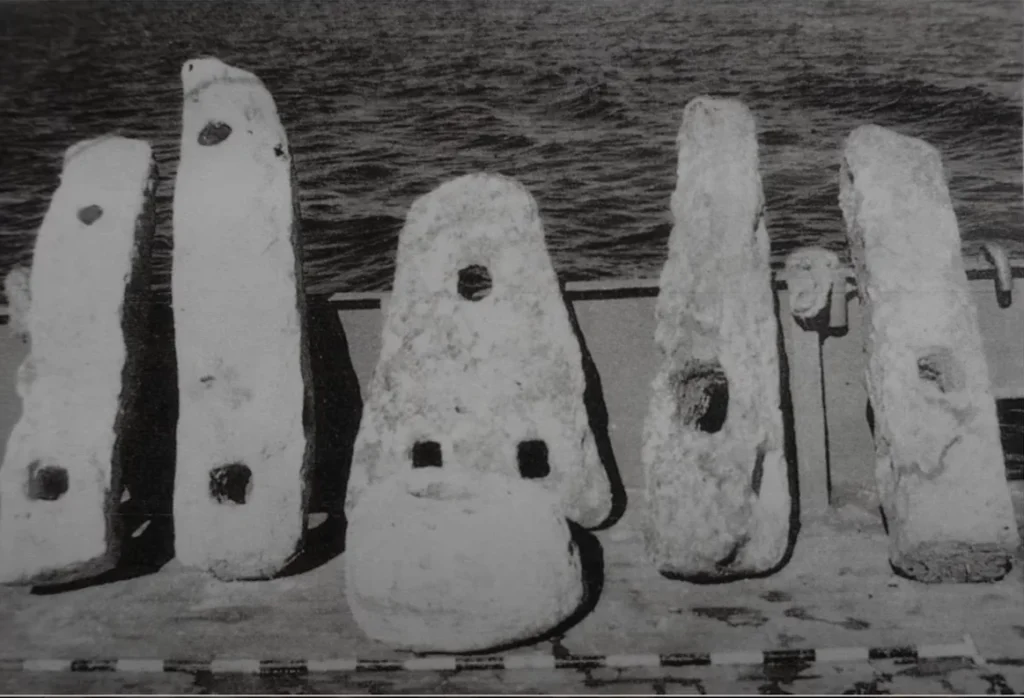
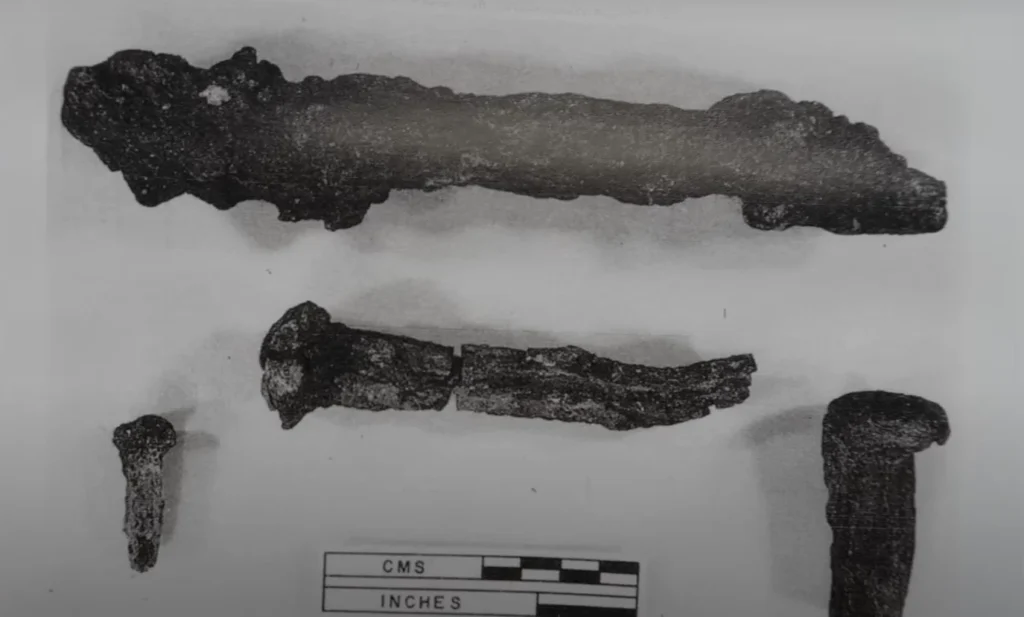
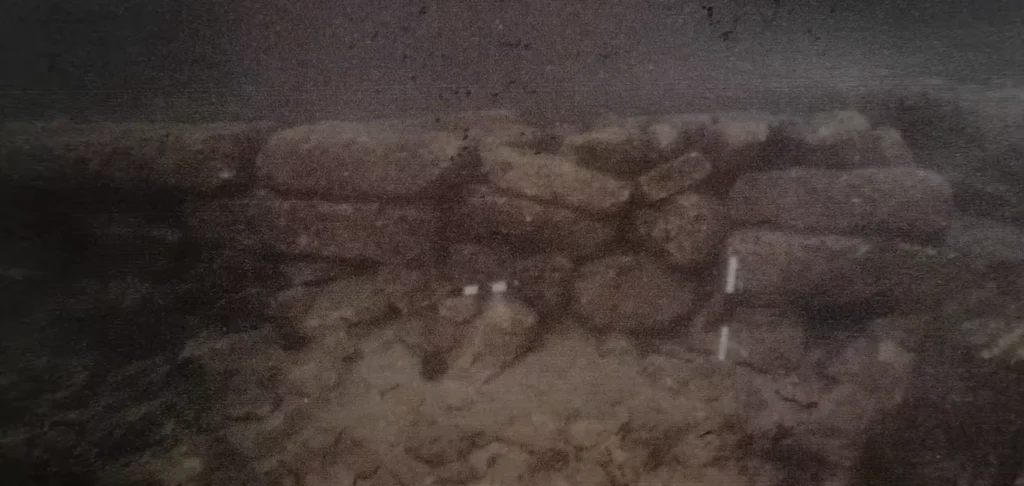
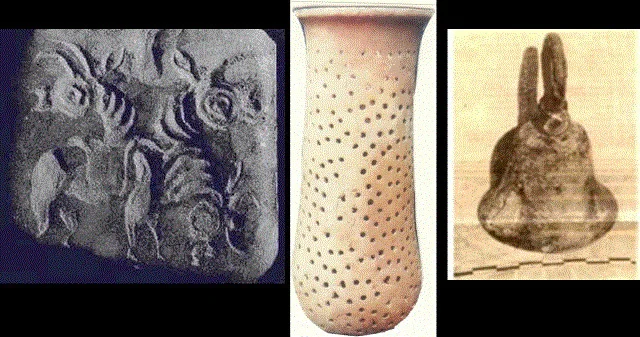
source: Archaeology Excavation
The Evidence and Its Impact
S.R. Rao, the chief archaeologist behind the excavation, compared the evidence with the descriptions in the Mahabharata. The submerged walls and fortified structures closely resembled those mentioned in the Skanda Purana, with features such as a citadel surrounded by water. Additionally, the remains of advanced engineering, technology, and a highly literate population all matched the descriptions of Dwaraka in the ancient texts.
These findings provide strong evidence that Dwaraka was not merely a myth but an actual historical city built by Lord Krishna. The evidence from the excavations, both on land and underwater, indicates that Dwaraka was indeed a flourishing city-state with a thriving economy, advanced infrastructure, and cultural significance.
Dwaraka and Its Place in History
So, why isn’t Dwaraka’s discovery more widely acknowledged? Despite the evidence, many of us were never taught about this in school. The mainstream media and the government have not given this discovery the attention it deserves. The funding for archaeological research remains scarce, and important discoveries like this often go unnoticed.
Dwaraka’s excavation is not just an archaeological triumph but a reclaiming of India’s ancient identity. It serves as a reminder of the incredible civilizations that existed long before Western colonization.
Conclusion
The lost city of Dwaraka is no longer just a story from mythology. It is a tangible part of India’s ancient history. The archaeological evidence uncovered in the 20th century, especially the marine excavations, shows that Dwaraka existed as described in the Mahabharata and Puranas. The discovery is a testament to the rich and complex history of India that has often been ignored or misunderstood.
